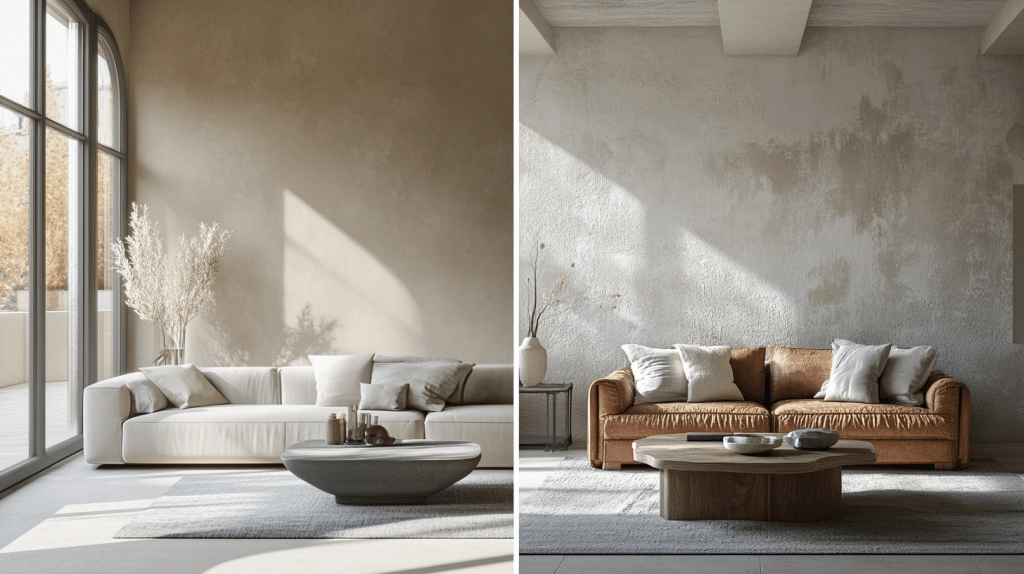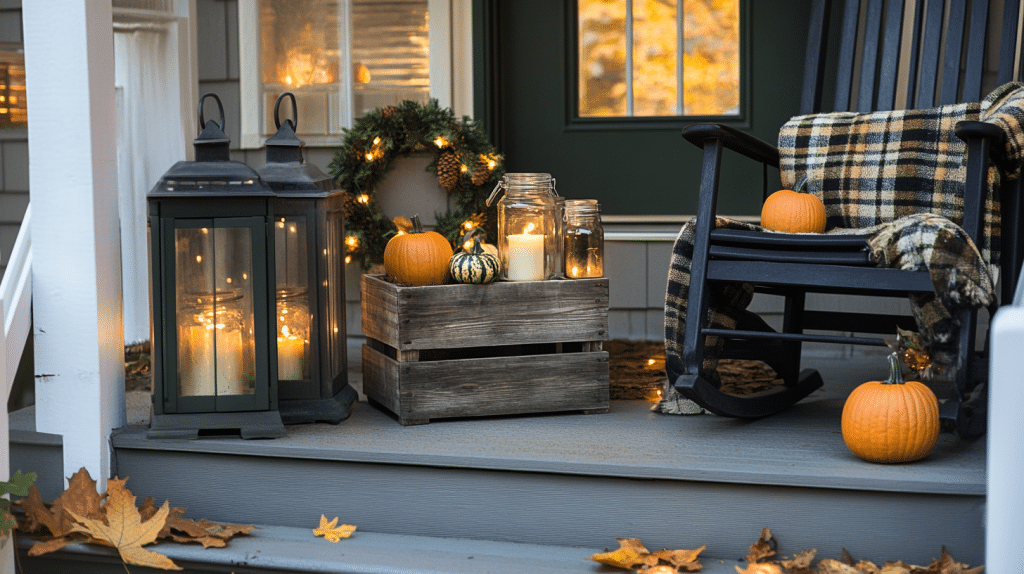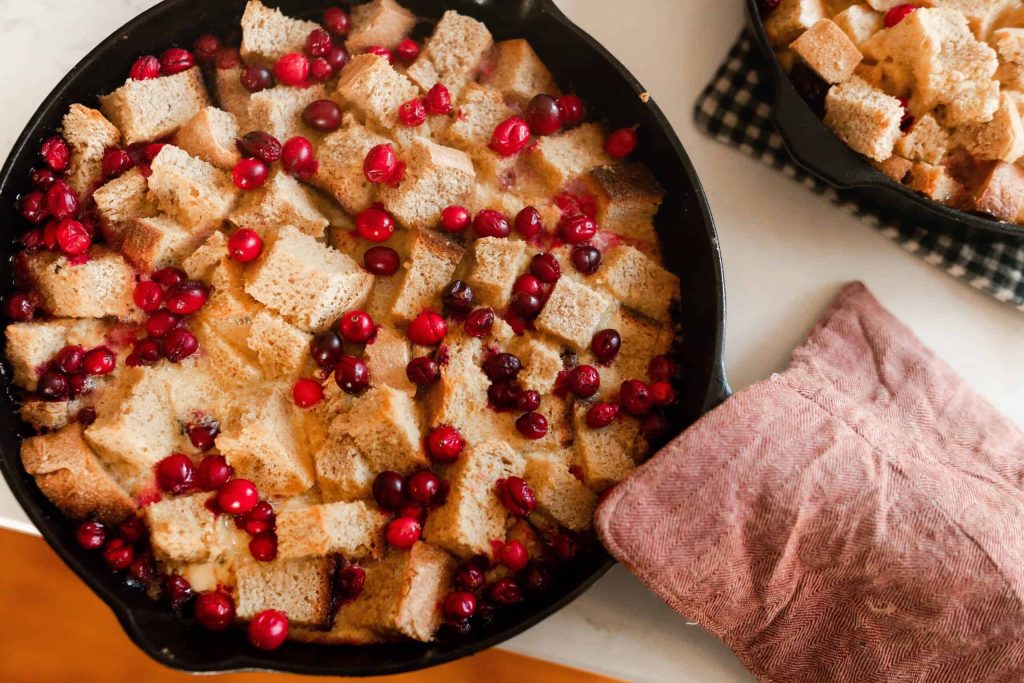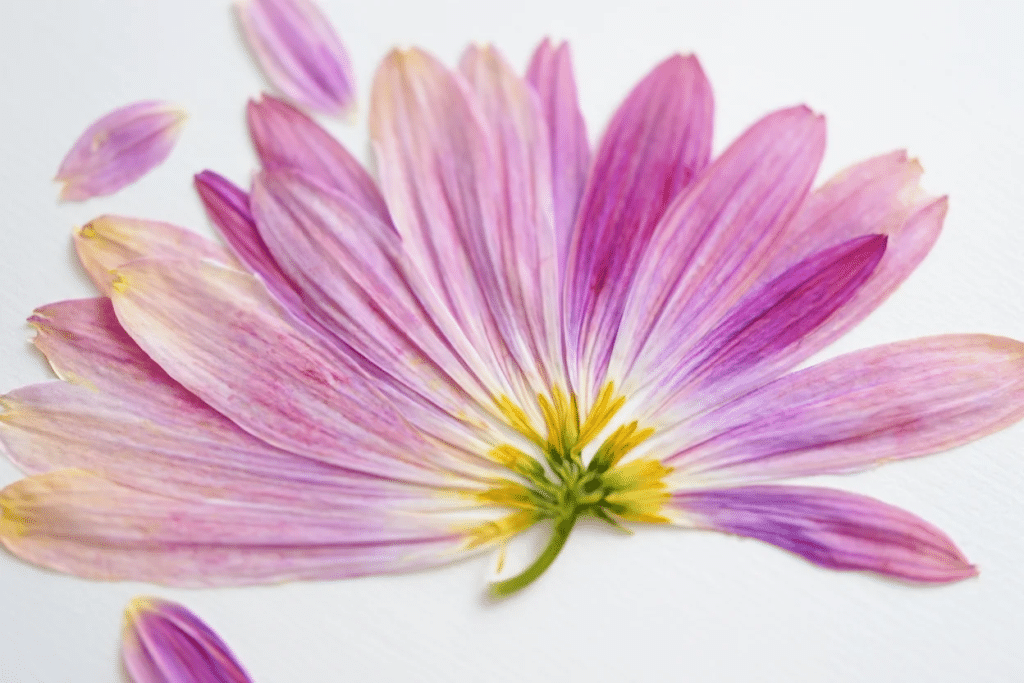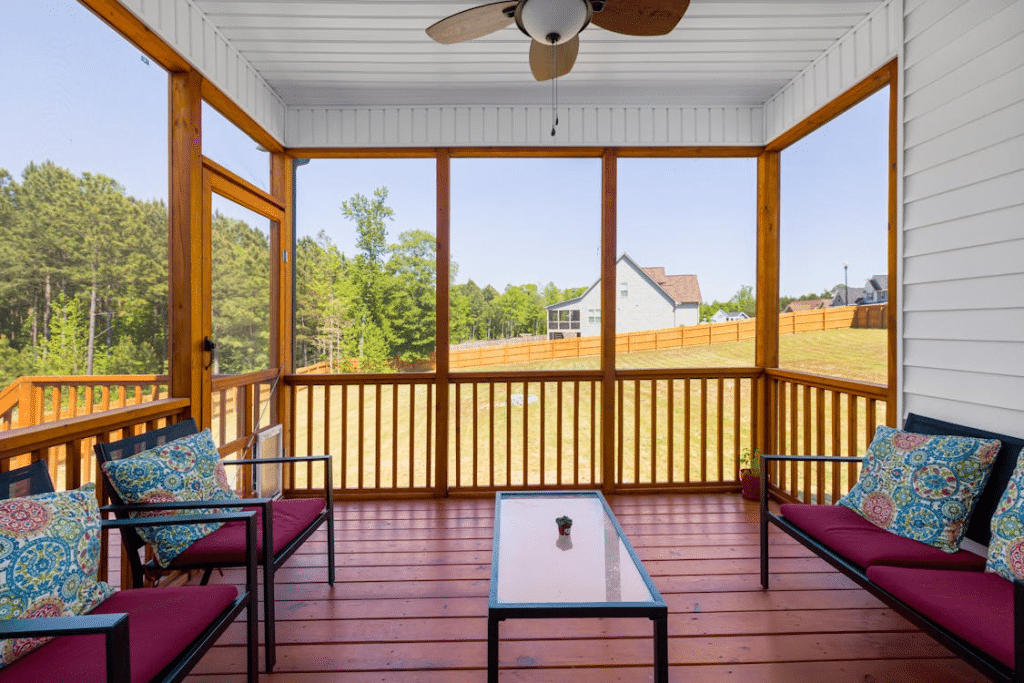Do you stare at your plain walls wishing they had more character? Many homeowners feel stuck with flat paint and boring textures.
When comparing Roman clay vs lime wash, both options add texture and depth that basic paint can’t match. These materials create surfaces that catch light in ways that change throughout the day.
Both choices offer stunning results, but they differ in application, cost, and final look. Keep reading to learn which option will work best for your home, your style, and your budget.
Roman Clay and Lime Wash
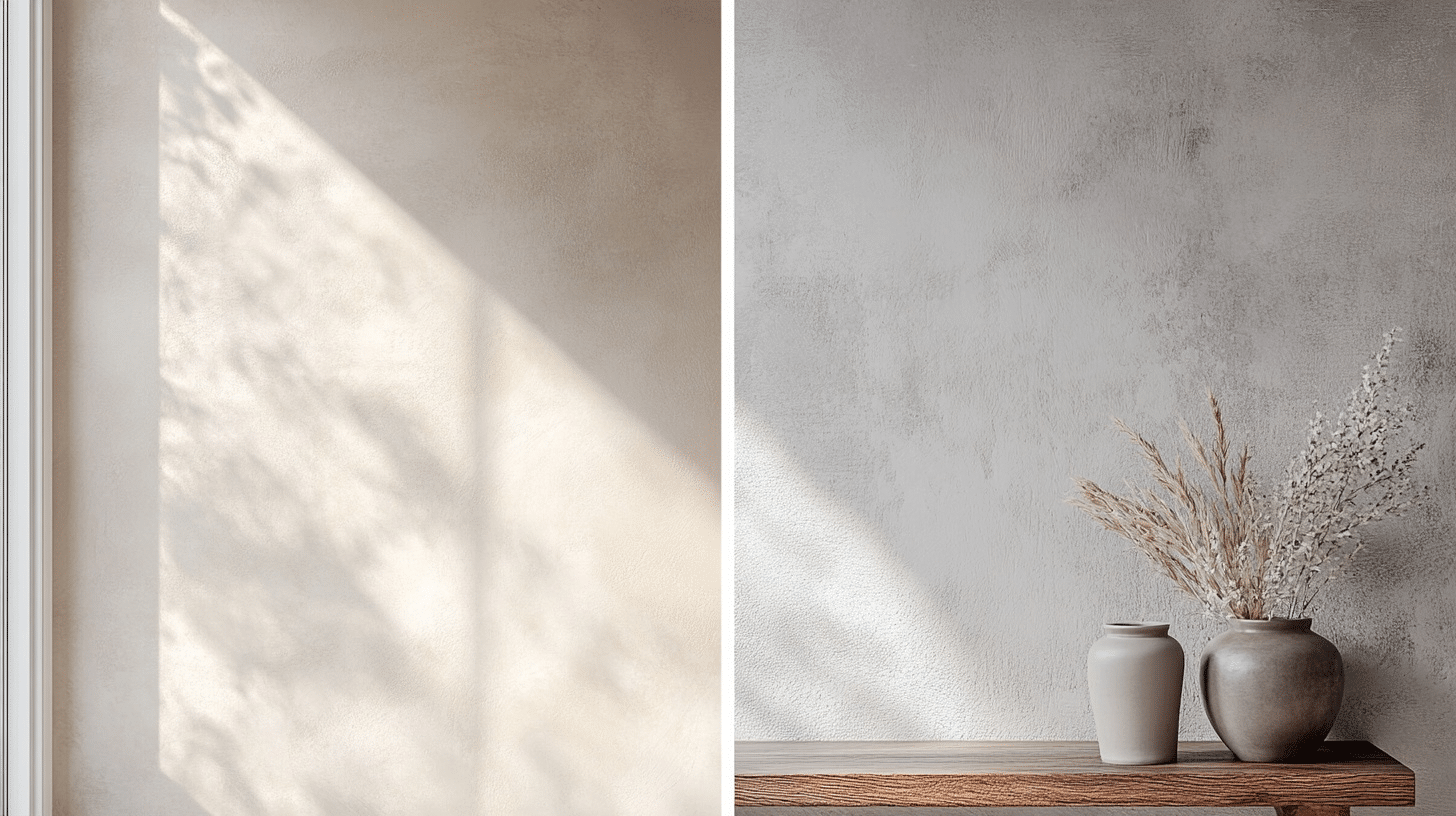
Roman clay and lime wash are two popular wall finishes that give homes a unique look. Both add texture and character that regular paint cannot provide.
Roman clay is a thick paste made from clay, minerals, and natural pigments. When applied to walls, it creates a soft, matte finish with subtle variations. The color shifts slightly as light moves across the surface throughout the day.
Lime wash, on the other hand, comes from heated limestone mixed with water and tinted with pigments. It gives walls a cloudy, soft appearance with gentle color shifts. The finish often looks somewhat chalky, but in a pleasant way.
Both Roman clay vs lime wash options offer major benefits for homeowners who want something different. They’re made from natural materials and contain fewer chemicals than standard paints.
Roman clay tends to feel smoother to the touch, while lime wash often has a more textured feel. For a more marble-like finish, consider opting for Venetian plaster. Check out our blog, Limewash vs Venetian Plaster, for a better understanding.
Key Differences Between Roman Clay and Lime Wash
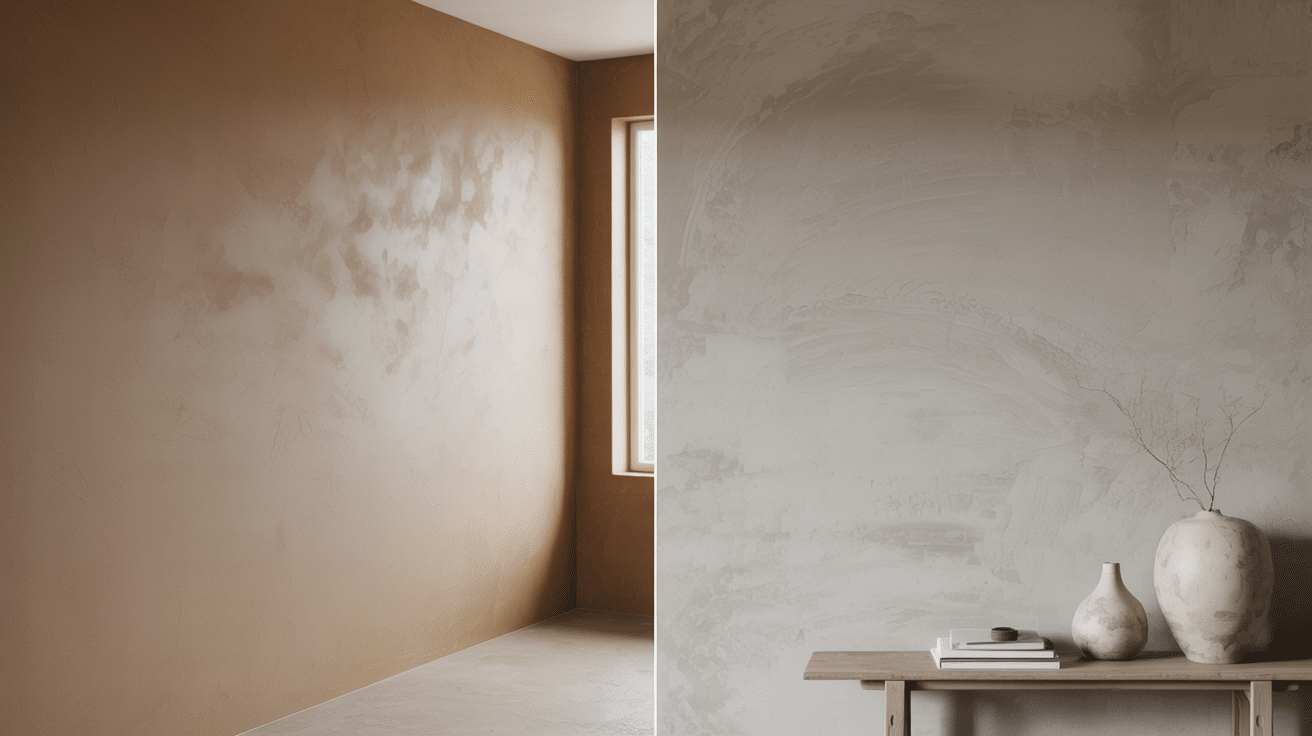
When choosing between Roman clay vs lime wash for your walls, understanding their differences helps you make the right choice. Both options create beautiful textures, but they vary in several key ways.
Here are the main differences between Roman clay vs lime wash:
- Application Process: Roman clay needs at least two coats and must be applied with special tools. Lime wash might need 3-5 thin coats, with each one needing time to set.
- Durability: Roman clay tends to handle wear better in busy areas. Lime wash may show marks more easily, but it has stood the test of time in many old buildings.
- Cost: Roman clay usually costs more for both materials and skilled labor. Lime wash materials cost less, but proper application still requires skill.
- Water Resistance: Roman clay handles moisture better in places like kitchens. Lime wash is more porous and may need sealing in wet areas.
- Look and Feel: Roman clay creates a smoother finish with subtle color shifts. Lime wash gives a more textured, aged look with cloudier color patterns.
- Maintenance: Roman clay needs less upkeep over time. Lime wash might need touch-ups in high-traffic spots.
Cost Comparison: Roman Clay vs Lime Wash
Cost differences matter for your budget planning. Both options add value to your home, but they vary in price points across materials and labor.
Here’s how they stack up financially:
| Cost Factor | Roman Clay | Lime Wash |
|---|---|---|
| Material Cost | $40-80 per gallon | $25-60 per gallon |
| Coverage Area | 100-150 sq ft per gallon | 150-200 sq ft per gallon |
| Labor Cost | $8-15 per square foot | $6-12 per square foot |
| Tools Needed | Special trowels, spatulas ($30-100) | Standard brushes, rollers ($15-50) |
| Prep Work | Medium – may need primer | Medium to High – specific base coat often required |
| Number of Coats | 2-3 coats typically | 3-5 thin coats usually |
| Total Project Cost (200 sq ft) | $800-1,800 | $600-1,400 |
| Long-term Maintenance | Lower cost over time | May need touch-ups, resulting in added costs |
Best Rooms and Surfaces for Each Finish
Roman clay vs lime wash, each shines in different settings, bringing their unique qualities to various rooms in your home.
Let’s look at where each option works best and why.
Living Spaces That Shout Wow
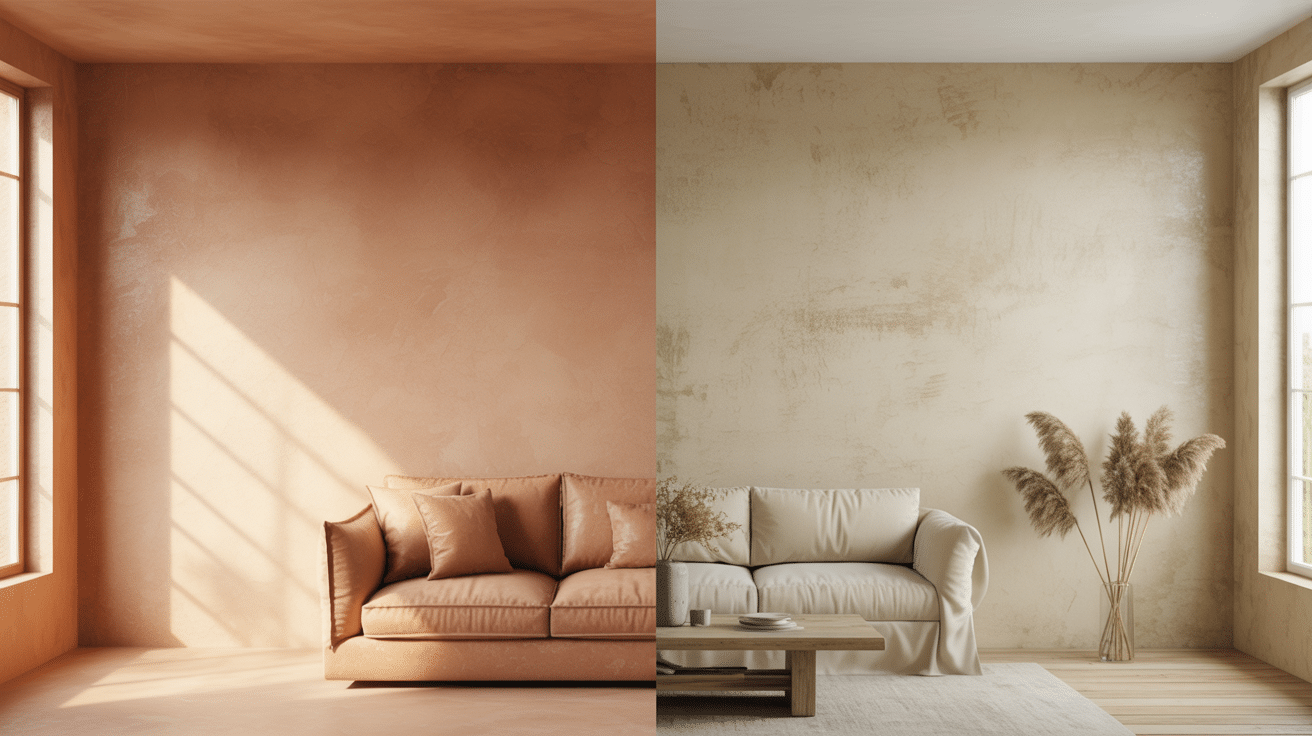
Roman clay brings urbanity to living rooms with its smooth, matte texture that creates subtle depth. Its durability handles regular traffic while maintaining its refined appearance, making it ideal for modern or contemporary living spaces.
Lime wash adds classic character to living rooms, creating an aged, textured look like European villas. Its cloudy finish catches light beautifully throughout the day, bringing walls to life and complementing traditional or farmhouse-style furniture.
Kitchen Magic
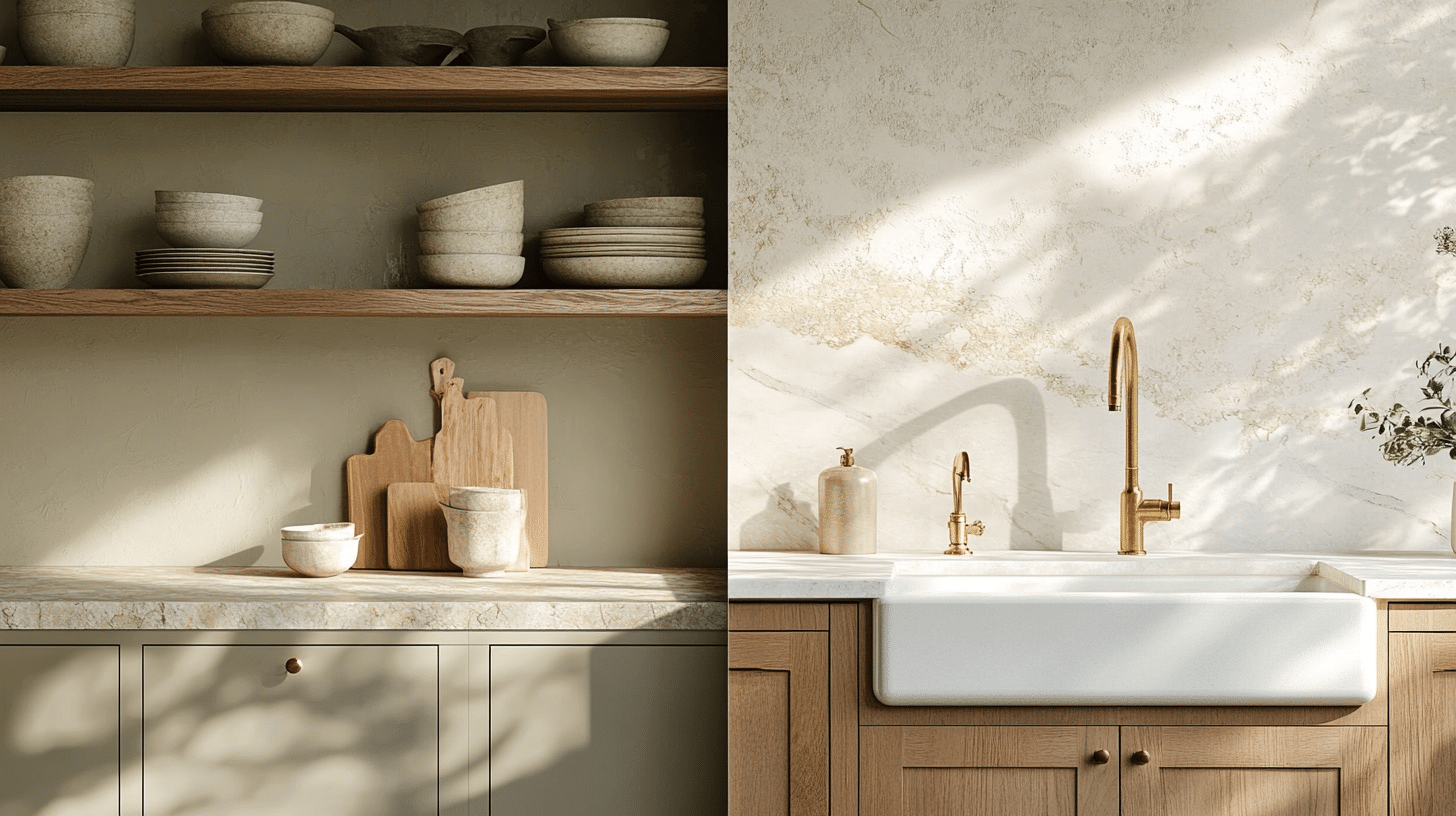
Roman clay works well in modern kitchens due to its water-resistant properties and smooth surface that’s easier to wipe clean.
It pairs beautifully with sleek cabinetry and provides a contemporary backdrop that won’t compete with kitchen elements.
Lime wash shines in rustic or farmhouse kitchens, adding authentic texture that complements wood cabinets and vintage fixtures. Its natural mineral composition helps control humidity while its variable finish hides small marks from daily kitchen activities.
Bathroom Bliss
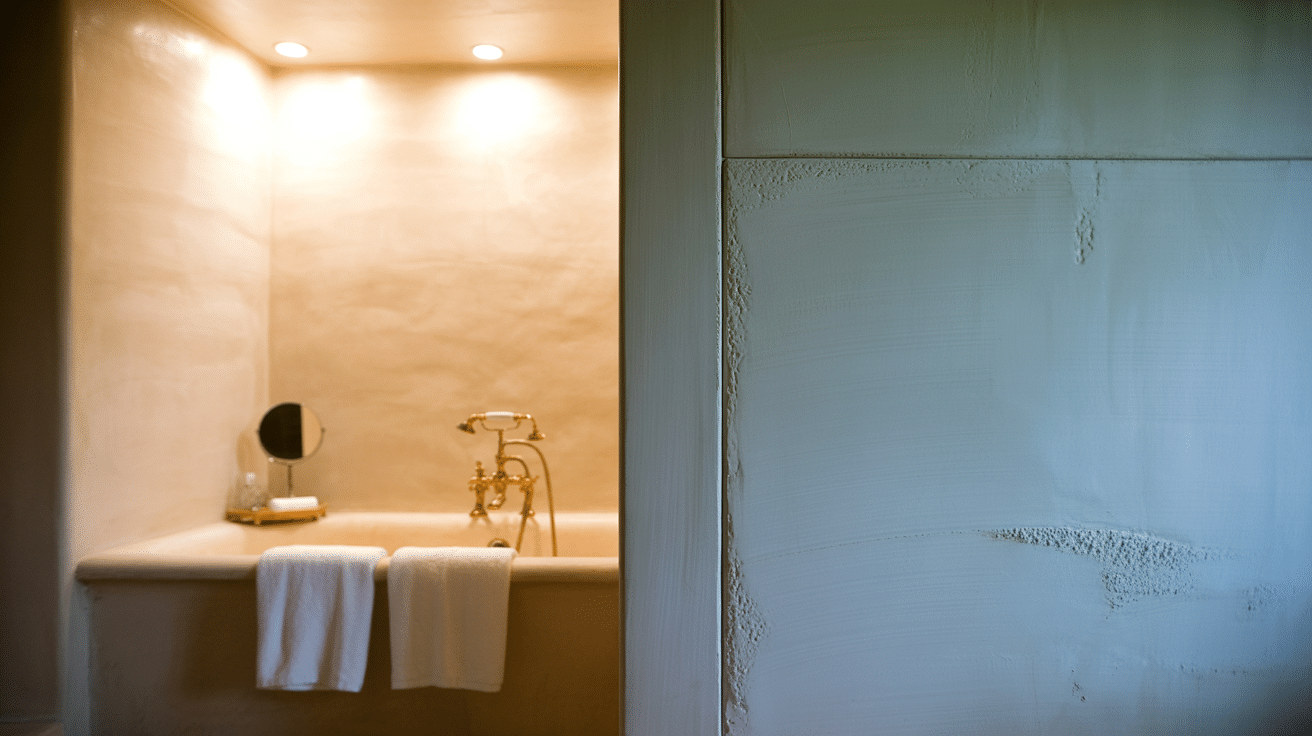
Roman clay provides a smooth, consistent finish in bathrooms that resists moisture when properly sealed. Its clean lines work well in contemporary bathroom designs and can be applied to create a spa-like atmosphere.
Lime wash creates a stunning effect in bathrooms, especially in more traditional styles.
When sealed properly, its natural anti-bacterial properties are beneficial, and its textured finish brings walls to life even in small powder rooms.
First Impressions with The Entryway
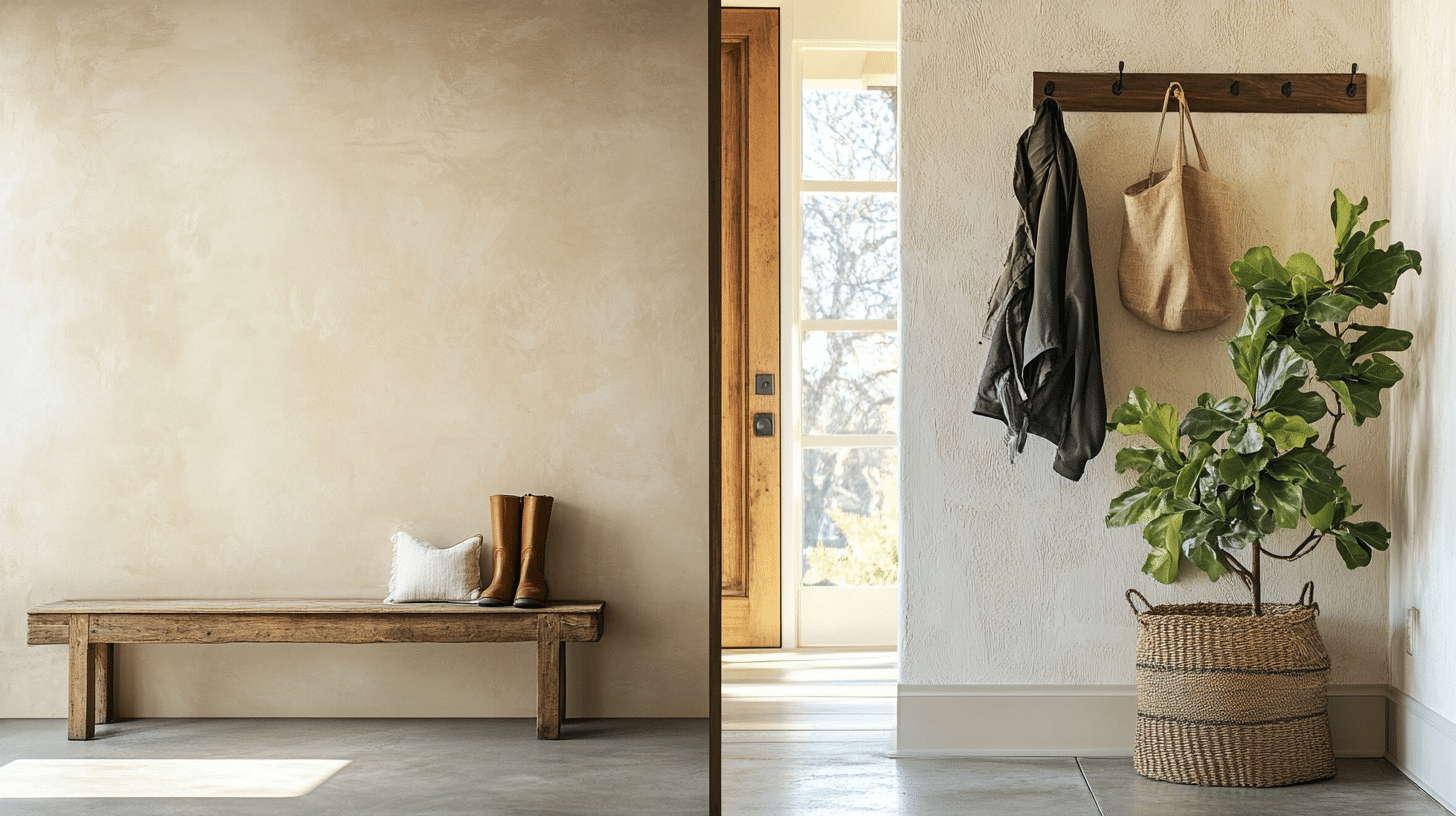
Roman clay makes a strong first impression with its luxurious, velvety appearance that welcomes guests with understated style. Its durability stands up to the traffic of an entryway while maintaining its cosmopolitan look.
Lime wash creates an old-world charm perfect for entryways, setting a classic tone from the moment guests arrive. Its textured, somewhat uneven finish naturally hides scuffs and marks from regular comings and goings.
Work Wonders for Your Office
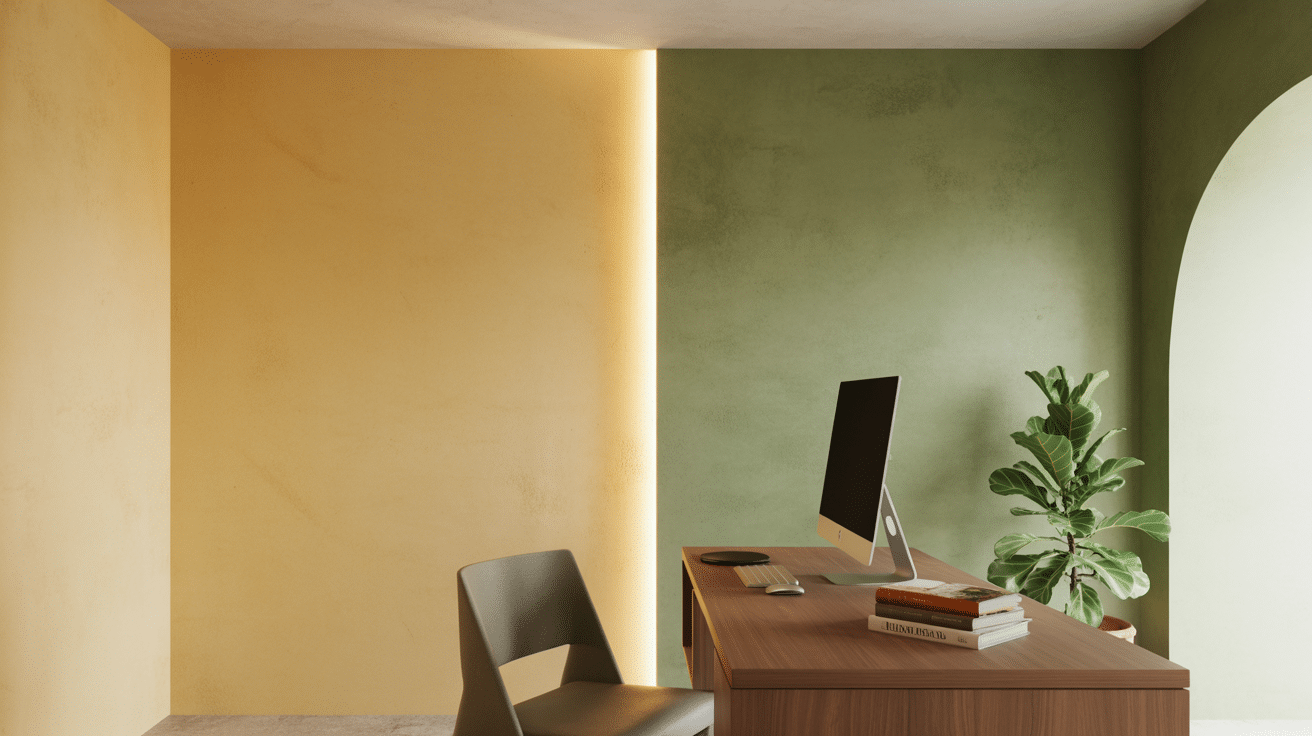
Roman clay offers a professional appearance in home offices with clean lines that reduce glare from computer screens. Its smooth finish provides an excellent neutral yet interesting background for video calls and withstands chair bumps.
Lime wash brings character and depth to home offices, creating a unique backdrop that inspires creativity. Its textured finish offers visual interest without being distracting, and pairs well with wooden desks and vintage office accessories.
Choosing the Best Finish for Your Walls

Picking between Roman clay vs lime wash depends on your goals and room needs.
The right finish can make a huge difference in how your space looks and feels, while the wrong choice might result in results you don’t love.
- Match the finish to your home’s style (modern homes often work better with Roman clay).
- Consider the room’s purpose and traffic level.
- Think about moisture levels in the space.
- Factor in your budget for both materials and labor.
- Assess your comfort with maintenance needs.
- Evaluate natural light in the room (both finishes look different throughout the day)
- Consider hiring professionals for the best results
Finishing It Up
Now that you’ve seen how roman clay and lime wash can completely change your walls, let’s wrap up what we’ve learned.
Roman clay gives smooth, modern finishes that work well in contemporary spaces. Lime wash offers textured, aged looks perfect for traditional homes. Your choice depends on your style, budget, and the room’s purpose.
Always try to test samples first!
Which will you choose? The cosmopolitan matte of Roman clay or the cloudy charm of lime wash? Either way, your walls will stand out compared to basic paint.
Want to learn more? Check out our other articles on wall finishes or leave a comment with your questions below!


